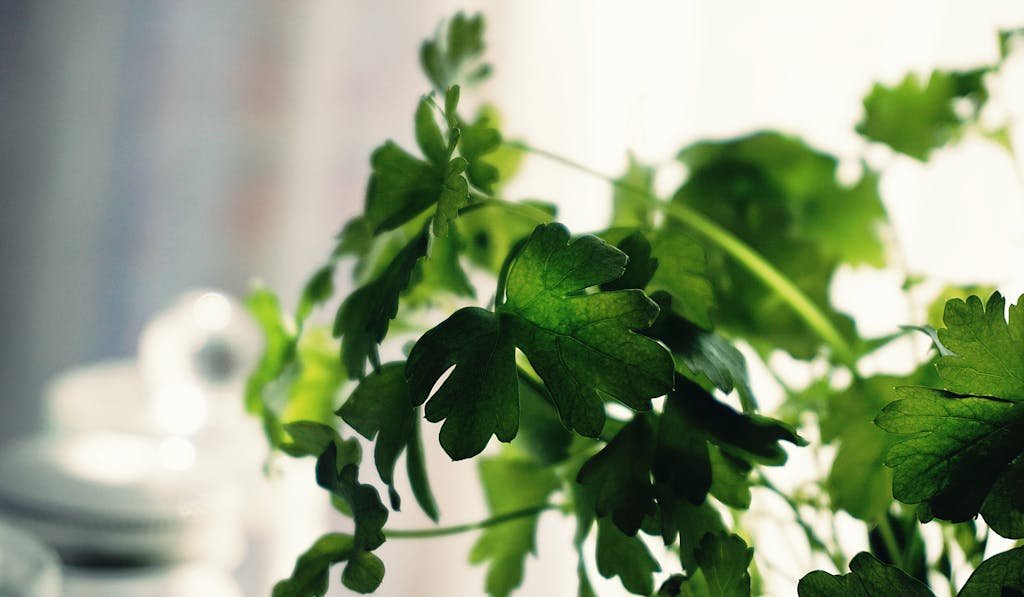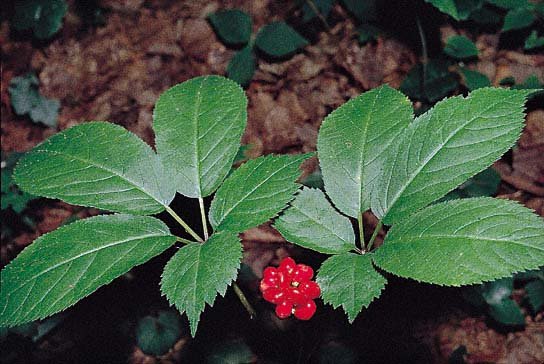Summer Savory – (Satureja hortensis)
Summer Savory, or Satureja hortensis, is a hidden gem in the herb world that’s about to take your culinary adventures to the next level. Known for its peppery flavor, it’s a must-have in any kitchen garden. This annual herb doesn’t just pack a punch in flavor but also comes with a host of benefits that might surprise you.
From spicing up your dishes to its use in traditional medicine, Summer Savory has been a staple in cultures around the globe for centuries. It’s not just about its taste; it’s about bringing a piece of history and health into your home. Let’s dive into the world of Summer Savory and discover why it deserves a spot in your garden and on your plate.
Key Takeaways
- Culinary Versatility: Summer Savory, or Satureja hortensis, enriches a multitude of dishes with its peppery flavor, demonstrating versatility from enhancing meats and beans to being a staple in seasoning blends like Herbes de Provence.
- Historical and Medicinal Significance: Boasting a rich history from Roman times and recognized in traditional medicine, Summer Savory has been celebrated for centuries for both its flavor and its health benefits, including digestive health support and antimicrobial properties.
- Easy Cultivation and Garden Benefits: Growing Summer Savory is simple and beneficial for garden biodiversity; it thrives in well-drained soil with full sun and can even repel pests from surrounding crops, making it a valuable addition to any kitchen garden.
- Harvesting and Storage Tips: For the best flavor, harvest Summer Savory before it flowers, preferably in the morning. It can be stored fresh in the refrigerator or dried and kept in an airtight container for up to a year, ensuring its peppery zest is available year-round.
Origins of Summer Savory
Summer Savory, scientifically known as Satureja hortensis, boasts a rich history that spans across continents and cultures. Originating from the warm regions of Southern Europe and the Mediterranean, this herb quickly found its way into gardens and kitchens around the world. Historical documents reveal that Summer Savory has been cultivated for over 2,000 years, serving not just as a culinary delight but also as a symbol of love and happiness in ancient folklore.
The Romans were among the first to extensively use Summer Savory, both in their cooking and for its purported health benefits. They believed it to be an essential herb that could enhance the flavor of a vast array of dishes while providing medicinal benefits. Roman recipes often included Summer Savory as a key ingredient, showcasing its versatility in enhancing meat, legumes, and vegetable dishes.
In medieval Europe, Summer Savory continued to hold a place of importance. Monks in monastery gardens grew it, alongside other herbs, for its healing properties. Manuscripts from this era highlight Summer Savory’s role in digestion and as a remedy for sore throats. Its popularity during these times is a testament to its effectiveness and the widespread acknowledgment of its benefits.
Research into the herb’s origins and historical uses has been published in various scholarly articles. For instance, a study in the Journal of Ethnopharmacology explores its strong presence in traditional medicine across different cultures. These studies not only affirm Summer Savory’s enduring appeal but also provide a scientific basis for its historical applications.
Today, Summer Savory’s legacy continues as gardeners and chefs around the globe cultivate and use this aromatic herb. Its journey from ancient herb gardens to modern-day kitchens reflects a deep-seated appreciation for the flavor and health benefits it brings to the culinary world. As we delve deeper into its origins, it becomes clear that Summer Savory’s history is as rich and diverse as its uses.
Culinary Uses of Summer Savory
Summer Savory, or Satureja hortensis, lends its peppery flavor to a multitude of culinary dishes across the globe. As a herb that has been cherished for its taste and versatility, Summer Savory elevates everyday cooking with its unique zing. Historically integral to Roman cuisine, its application in the modern kitchen remains vast and varied.
Chefs and home cooks alike treasure Summer Savory for its ability to complement meats, particularly pork and poultry. Its bold taste pairs well with beans, offering a herbaceous lift to dishes that might otherwise taste flat. Furthermore, this herb shines when added to soups and stews, infusing them with a layer of complexity that enhances the overall flavor profile.
In addition to its fresh form, Summer Savory is often dried, which concentrates its flavor, making it a staple in seasoning blends. One notable blend, the traditional Herbes de Provence, showcases Summer Savory alongside other aromatic herbs, demonstrating its importance in French cuisine. This blend not only highlights the versatility of Summer Savory but also its enduring appeal in culinary traditions around the world.
Recent research has begun to uncover the scientific basis behind the potent flavor of Summer Savory. Studies indicate that its distinctive taste comes from a rich concentration of phytochemicals, particularly phenolic acids and flavonoids, which have been linked to various health benefits.
- Key Components in Summer Savory:
- Phenolic acids
- Flavonoids
The exploration of Summer Savory’s culinary use does not stop at traditional dishes. Modern gastronomy has seen innovative uses of the herb, from infusions in cocktails to being a key ingredient in savory desserts, further solidifying its role in contemporary cuisine. The ongoing experimentation and research into Summer Savory highlight its dynamic character and potential for bringing both flavor and nutritional benefits to the table.
Medicinal Properties of Summer Savory
Summer Savory, scientifically known as Satureja hortensis, is more than just a culinary delight; it boasts a range of medicinal properties that have been recognized for centuries. Rich in antioxidants, this herb plays a significant role in promoting health and preventing disease.
Recent studies have highlighted Summer Savory’s effectiveness in improving digestive health. It’s known to stimulate the appetite and alleviate symptoms of indigestion, including bloating and gas. The essential oils in Summer Savory, particularly carvacrol and thymol, have been identified as potent antimicrobial agents. These compounds contribute to the herb’s ability to fight against various bacterial and fungal infections.
| Component | Benefit |
|---|---|
| Carvacrol | Antimicrobial |
| Thymol | Antiseptic |
| Antioxidants | Prevents oxidative stress |
In addition to its antimicrobial properties, Summer Savory is celebrated for its antioxidant capacity. These antioxidants scavenge harmful free radicals from the body, thereby reducing oxidative stress and the risk of chronic diseases such as cancer and heart disease.
Research has also explored Summer Savory’s potential in managing diabetes. A study published in the Journal of Ethnopharmacology suggests that extracts from the herb could help in regulating blood sugar levels, making it a beneficial addition to diabetes management plans.
Apart from its physical health benefits, Summer Savory is thought to have positive effects on mental health. Its consumption might help in reducing anxiety and stress, thanks to its soothing and calming properties.
Overall, the medicinal properties of Summer Savory are diverse, ranging from digestive health support to antimicrobial and antioxidant effects. Its potential in diabetes management and mental health improvement further underscores the herb’s value in both traditional and contemporary medicine. Through ongoing research and experimentation, the full spectrum of Summer Savory’s health benefits continues to be uncovered, marking it as a herb of significant interest in the field of natural health remedies.
Growing Summer Savory in Your Garden
Growing Summer Savory, or Satureja hortensis, in your garden isn’t just rewarding for your taste buds; it’s a fairly straightforward process that enriches your garden’s biodiversity. This herb thrives in well-drained soil with a pH between 6.7 and 7.3, under full sun exposure. These conditions ensure the plant can produce its aromatic leaves, which are the primary source of its peppery flavor.
Key Steps for Cultivation
- Soil Preparation: Start with loosening the soil to about 12 inches deep. Mix in some compost to enrich it, enhancing drainage and fertility.
- Sowing: Summer savory seeds can be sown directly into the garden after the last frost. Plant the seeds 1/4 inch deep and space them about 18 inches apart, allowing adequate room for growth.
- Watering Schedule: Water the plants regularly but ensure the soil isn’t waterlogged. Summer savory prefers slightly dry conditions.
- Harvesting: Leaves can be harvested as soon as the plant reaches 6 inches in height. Picking leaves regularly encourages more growth.
Pest and Disease Management
Summer Savory is relatively hardy but monitoring for common pests such as aphids and spider mites is essential. Natural predators or organic insecticidal soap can manage these pests effectively. Diseases are rare, but root rot can occur in overly moist conditions. Ensuring proper drainage and avoiding overwatering are key preventive measures.
In a study published in the Journal of Agricultural Science, researchers noted that Summer Savory could act as a companion plant, repelling pests from surrounding crops and enhancing overall garden health. This symbiotic relationship makes it an excellent choice for mixed plantings or kitchen gardens.
By understanding these growth requirements and care tips, gardeners can successfully cultivate Summer Savory, yielding a bountiful harvest that enhances culinary dishes and supports a healthy garden ecosystem. The journey from planting to plate brings a sense of accomplishment and connects one more closely with the flavors and benefits of this remarkable herb.
Tips for Harvesting and Storing Summer Savory
Harvesting and storing Summer Savory correctly is crucial for maintaining its vibrant flavor and aroma. Gardeners and chefs alike treasure this herb for its peppery zest, which can elevate a multitude of dishes. Knowing the right time and methods for harvesting, along with effective storage techniques, ensures that Summer Savory remains a kitchen staple year-round.
When to Harvest
The best time to harvest Summer Savory is before the plant flowers. This is when the leaves are most flavorful. Typically, this occurs in late spring to early summer. To gauge the perfect timing, observe the plant closely; as soon as tiny buds begin to form, it’s time to harvest. Morning is the ideal time for harvesting, after the dew has evaporated but before the sun is at its peak. This ensures the leaves are dry yet full of essential oils, which is where much of the flavor and aroma reside.
How to Harvest
Use sharp, clean scissors or shears to snip off the tender stems. It’s recommended to harvest no more than one-third of the plant at a time. This method encourages new growth, allowing for multiple harvests throughout the growing season. For those looking to preserve the herb, you can also uproot the entire plant, especially before the first frost in autumn.
Storing Fresh Summer Savory
Freshly harvested Summer Savory can last up to a week when stored properly. The best approach is to wrap the stems loosely in a damp paper towel and place them in a resealable plastic bag in the refrigerator.
Drying Summer Savory
For long-term storage, drying is the most effective method. Tie small bunches of Summer Savory and hang them upside down in a dry, well-ventilated area away from direct sunlight. Once fully dried, usually after two weeks, crumble the leaves off the stems and store them in an airtight container. Dried Summer Savory can retain its flavor for up to a year if kept away from light and moisture.
Conclusion
Summer Savory, with its peppery flavor, remains a versatile and essential herb in both traditional and modern kitchens. By mastering the art of harvesting and storing this culinary gem, enthusiasts can enjoy its vibrant taste throughout the year. Whether fresh or dried, Summer Savory adds a unique zest to dishes, making it a must-have for any culinary aficionado. As it continues to inspire innovative culinary creations, its place in the gastronomy world is undoubtedly secure. With the right care, Summer Savory will keep your meals flavorful and your pantry stocked, proving it’s more than just an herb—it’s a year-round kitchen staple.




